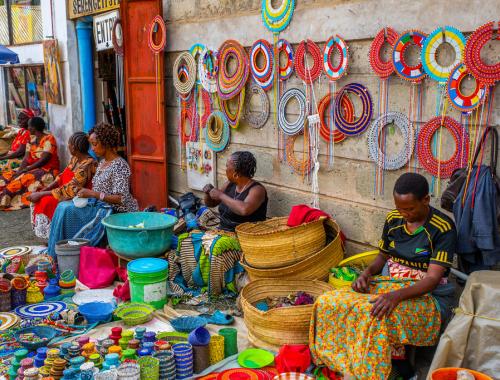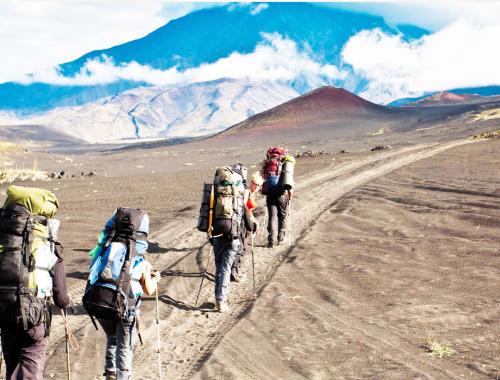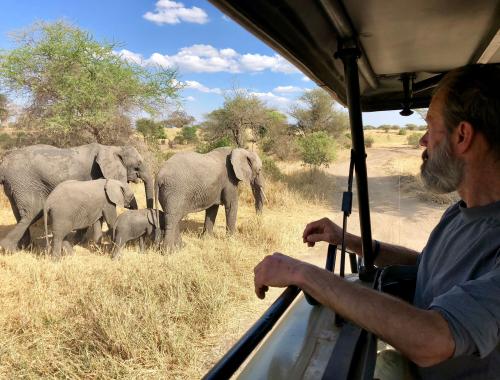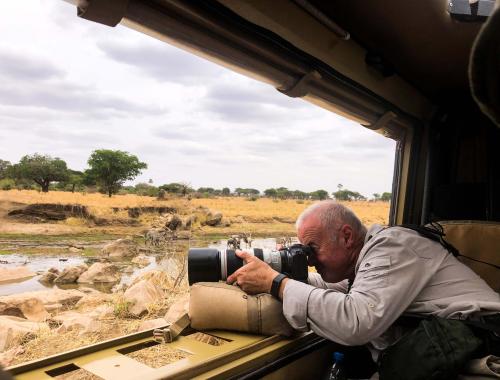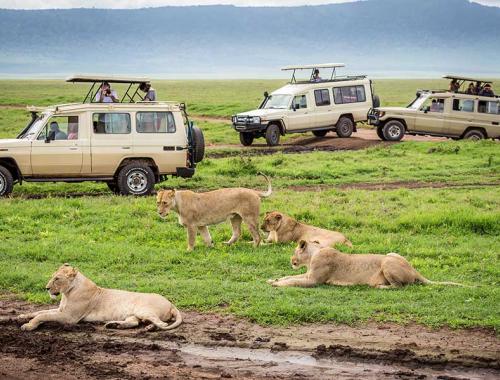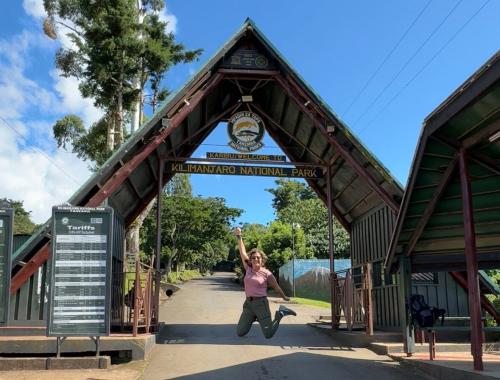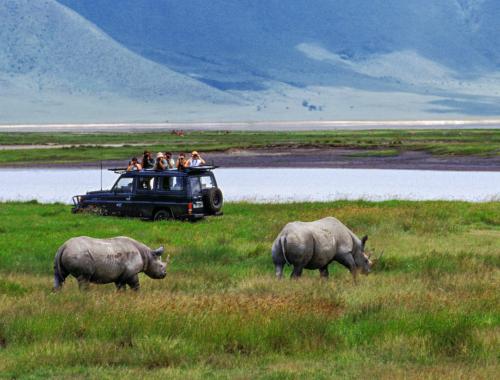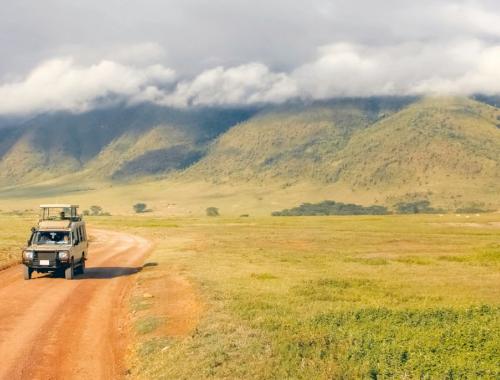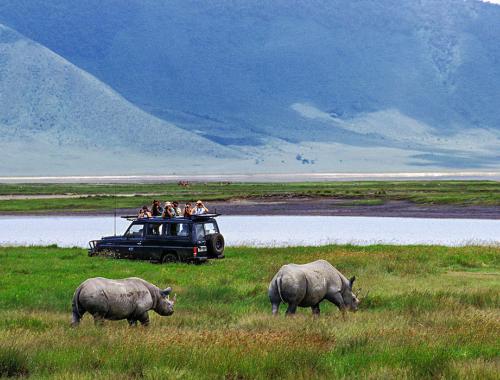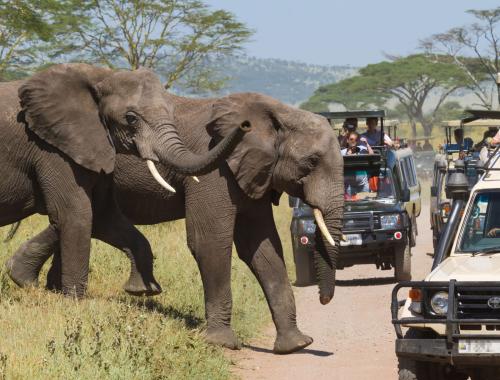Safari Tour Packages
Restova enables you to compares Tanzania tour packages from different tour operators, a top safari destination in Africa. Enjoy incredible wildlife, like big cats and the Big Five—lion, leopard, elephant, rhino, and buffalo—in parks such as Ngorongoro Crater and Serengeti, where all five thrive. The UNESCO-listed Serengeti-Ngorongoro ecosystem highlights conservation efforts. Embark on a two-week safari, traveling seamlessly between parks while immersed in the wild.

